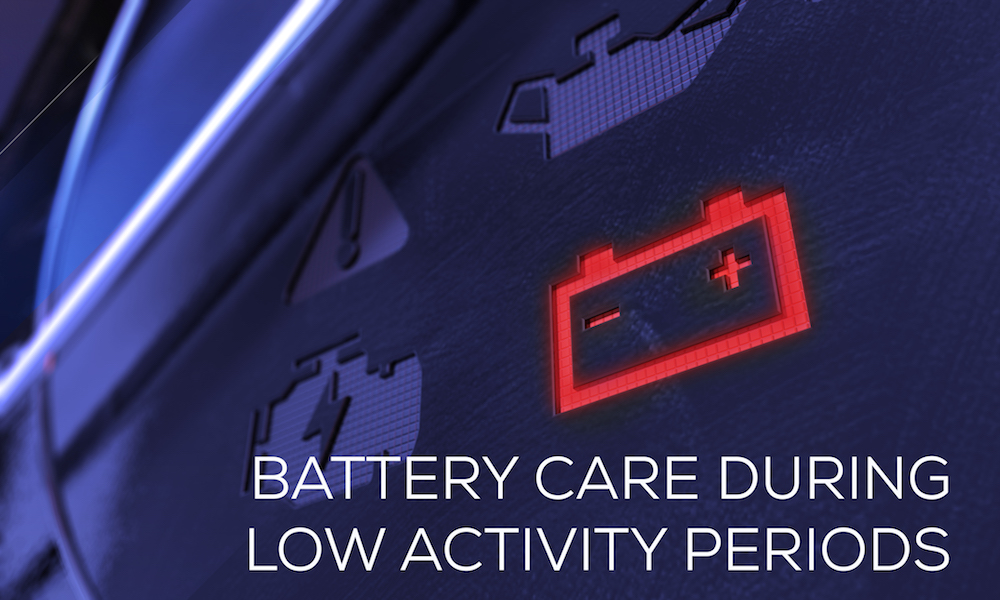Battery Maintenance Guide for Motorists
[ad_1]
The recent lockdowns across Europe have led to reduced travel and long periods of cars being parked away and not used. While activity levels are slowly picking up again in some countries, we will continue to see altered driving patterns and reduced mileage for some time. In this guide, Exide Technologies , a leading original-equipment and aftermarket battery manufacturer, provides tips on maintaining your battery in the current climate.
Car batteries struggle during extended periods of vehicle downtime. Batteries more than 4 years old are especially likely to have started the lockdown with reduced capacity from age, so they are more likely to experience problems. Older batteries often have underlying issues that do not surface until winter, when lower temperatures create increased demand for cranking power.
AGM and EFB batteries can withstand deeper discharge than conventional flooded lead batteries. These are typically found in start-stop vehicles, and are designed to provide much more powerful electrical performance. Their maintenance, just like any battery, requires care and attention. Cranking issues could arise if the battery is in a lower state of charge, either now or in winter. The start-stop function could stop working or deactivate, leading to increased fuel consumption. Also, with long periods of vehicle downtime, the battery management system could estimate the state of charge incorrectly.
Batteries entering a low state of charge can cause irreversible sulfation of plates, leading to irreversible reduction of available capacity. This can be avoided by careful battery maintenance, such as charging and taking your car for a drive on the motorway.
Charging is key
A solution is to charge the battery using a charger such as the Exide 12/7 or 12/15. These change mode and act as a maintenance charger once the battery is fully recharged, keeping it in a proper state of charge and preserving its service life. If your parking situation makes it difficult to connect the charger often, you should recharge at least once every 4–6 weeks when your vehicle is off the road.
Going the distance
Remember, going for a weekly shop may not be enough to keep your battery healthy. Ideally you need to travel around 15–20 km, with a stretch of motorway to give the alternator a chance to properly work. In fact, a short route may not offset the energy used to start the engine. Limiting the use of devices that absorb energy, such as the air conditioning or GPS, will help.
In this period of reduced service, remember that most workshops continue to work in some capacity. They will be able to test your battery using a professional tester such as the EBT965P and possibly recharge it if needed. If the voltage is lower than 12.5V, measured with key off at battery terminals, you should recharge the battery straight away.

